|
So many yoga words are from Sanskrit, an ancient language that is an ancestor to modern-day Hindi and many others. When we use these words as English speakers and translate them into English, we have to convert them into our alphabet, since Sanskrit uses a different one.
We end up having to approximate some of the Sanskrit sounds since we don't necessarily have them in English. Also a system of marks, like accents, lines and dots (called diacritics), has been developed to clarify the sounds of the Sanskrit language. If we don't read these marks correctly, we can end up pronouncing a word wrong. Let's look at two commonly mispronounced yoga words: shavasana and chakra. SHAVASANA Shavasana means Corpse Posture, since the word shava means corpse. The first letter of the word is श, pronounced sha. When it is written in English, the word usually gets a little accent mark over the "s", śavāsana. This is the official, scholarly way to write the word. But as you can see, if you don't read the accent, the word looks like "savasana", with the "s" sounding like "sedan" instead of "sh" like "shirt". So the word is commonly mispronounced as savasana, when the proper pronunciation is shavasana. CHAKRA Chakra means wheel. In the yoga world it often refers to visualizations or energy centers of a "subtle body". The first letter of the word is च, pronounced cha, with the "ch" sound like "chair". It often gets mispronounced as shakra, with an "sh" sound like "shout" or "chandelier". The same is true of the common Sanskrit word chandra, which means "moon". It is commonly mispronounced as shandra, but the correct pronunciation is cha-ndra with the "ch" like chair. Sometimes it is suggested that the pronunciation can vary, like toe-may-toe, toe-mah-toe. Or that a different pronunciation suggests a different meaning. That is not the case here, where the mispronunciation happens as a result of translating the Sanskrit sounds into English letters, and then reading them. The sound and spelling of these words in Sanskrit is quite clear.
1 Comment
The holiday season is here and that means lots of gatherings, food, drink and gift-giving. So many cookies and cakes, rich meats and huge meals. Not to mention the relatively high level of stress that comes with the responsibility of gift-giving, being friendly for long periods of time, lack of sleep from late nights and travel.
How do we avoid losing ourselves during this time when the routines are so different and the discipline that we cultivate during the rest of the year gets discarded for a few weeks of cultural tradition? The answer is non-attachment. Non-attachment can seem like a strange and complicated concept, but its essence is simply a knowledge of who we really are. We are deep, calm beings at the core, unswayed by the constant changes of the outside world. But we are constantly drawn outward into the realm of our senses where we latch onto sights, sounds, feelings, tastes and even ideas. We become absorbed in these sensations and activities and think that that is who we truly are. Ok, enough philosophy for now... Next time you are having a cookie (or something delicious), notice the pleasure you experience in the taste. This is a reaction of your senses and does not impact your true self. When you get a great gift, realize that it may bring you pleasure or make your life a little easier. But it does not impact your true self. Yogically speaking, the detriment in eating rich foods and accepting gifts is not in the way that our health suffers or we need to buy more batteries. It is the way in which we derive pleasure via the senses---which everyone loves!---and then think that our truest self is there in the senses. That mistake is the essence of all yogic practice. So this holiday season take a moment or two to separate yourself from your senses and your experiences of pleasure. Recognize the pleasure and then recognize that it is not who you truly are! Happy holidays! One of the essential---and I mean ESSENTIAL---elements of yoga is humility: searching for and recognizing the true nature of who we are. As such, ego is a fundamental enemy of yoga. This isn't necessarily ego as in: "he or she has a big ego", but rather mistaking our true identity with our body and mind.
So any action or practice that encourages us to think of our body or mind as our true self is going to take us in the wrong direction. The same is true for any entity that we create, a brand, a product, a philosophy or a system of yogic practice. Confusing our accomplishments with the true nature of our being is a mistake and leads us away from contentment. (This is admittedly difficult because we want to build up our egos to create a worldly sense of security and value.) CREATING A YOGA METHOD There is no problem at all with developing or revising a method of yoga. Each culture and time period has its own language and tendencies, so the methods of communication and practice necessarily change, even if the goal is the same. Great teachers are usually ones who can communicate clearly to a population that others have failed to reach. It is of course vital that the goal of yoga---recognition and experience of the true self---remains regardless of the practices to achieve it. So...what should one name a system of yoga? Many name their systems after concepts or terms from yogic history or philosophy, like Ashtanga Vinyasa or Kundalini. These names have the benefit of referring to concepts that are bigger than the originator and any individual teacher, but have the drawback of being misleading, especially if you understand the meaning of the terms. Others name their systems after their teacher. This is a sign of humility and respect while also recognizing the uniqueness and specificity of the teachings. The drawback here is that each teacher will inevitably put his or her own interpretation on the teachings, so they will naturally evolve even when the name suggests that the teachings are from a specific teacher in the past. A good example of this is Sivananda Yoga, which was developed and named by Swami Vishnudevananda, a student of Sivananda. Sivananda's own organization is called the Divine Life Society. (We at Ghosh Yoga fall into this category, teaching a yoga system named after the teacher of our teachers.) Some name their systems after themselves, including Iyengar, Bikram, Forrest and Baptiste. This has the advantage of being quite specific about the practices and beliefs therein, even with the implied statement that "this is yoga as I see and teach it." It is very personal. The main problem with this is not in its clarity about the system, but in its danger to the founder. By naming a system after oneself and then dedicating years to building it up, it is almost inevitable that the name, the character and the ego get built too. This takes one very far indeed from the goals of yogic practice. Let's start with something obvious: we can breathe through either the nose or the mouth. The air that goes into our lungs is the same both ways, but there are vastly different effects on our nervous system and---according to new science---our brain. A new study published in the Journal of Neuroscience showed that "memory significantly increased during nasal respiration compared to mouth respiration."
But they also stated that "core cognitive functions are modulated by the respiratory cycle." Which means that our brain is hugely impacted by how we breathe.
Anyone who has practiced pranayama, which involves a lot of nasal breathing, has probably experienced its effects on the memory. It is almost ubiquitous that breathing practices bring up old memories and stimulate dreams of the past. Keep your eyes, ears and nose open for more news about this exciting branch of neuroscience! There are sure to be more developments as we understand the brain better. It seems that history is littered with holy men and yogis who have been disgraced by acts immoral and illegal. In their youth they may have been full of skill, insight, light and promise, but as the years passed they somehow lost their purity and path, becoming attached to fame, riches, power and the adoration of their followers.
We are left to wonder how we missed the signs of evil. Were they there all along, even when they were so young and seemed so pure? Were they hiding their true intentions, duping us into trust and faith? Is their evil misunderstood? Are they the victims of circumstance? In truth, a yogi can be pure, realized and glorious at one point and then become overrun by worldly desires and corruption at another point. The two are not mutually exclusive, and presence of one does not mean that the other never existed or never will exist. The mind of a yogi---or an ordinary person, for that matter---is like a garden. It begins as a wild forest, overrun with natural growth until it is cultivated by disciplined practice and study. If we practice with dedication, we can turn the mind into a beautiful, lush and organized garden. But a garden takes constant attention, tending to the plants that are growing and removing the resurgent weeds that will never stop coming. Even a few weeks of neglect allow the wild weeds of the mind to grow and gain traction. If we neglect our practice and discipline for years or decades, even the finest mind will be overrun just as a garden neglected for years or decades will turn back to wilderness. Regardless of how pure or holy we may be, we are never beyond the need for discipline, practice and study. We must constantly tend our gardens, because the weeds will always grow. Even a great yogi can be overwhelmed by the desires and attachments of the mind. |
AUTHORSScott & Ida are Yoga Acharyas (Masters of Yoga). They are scholars as well as practitioners of yogic postures, breath control and meditation. They are the head teachers of Ghosh Yoga.
POPULAR- The 113 Postures of Ghosh Yoga
- Make the Hamstrings Strong, Not Long - Understanding Chair Posture - Lock the Knee History - It Doesn't Matter If Your Head Is On Your Knee - Bow Pose (Dhanurasana) - 5 Reasons To Backbend - Origins of Standing Bow - The Traditional Yoga In Bikram's Class - What About the Women?! - Through Bishnu's Eyes - Why Teaching Is Not a Personal Practice Categories
All
Archives
May 2024
|

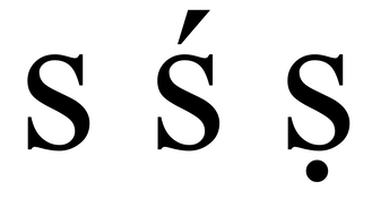
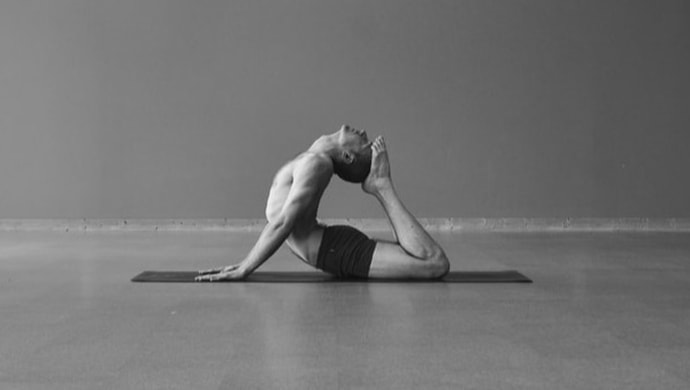
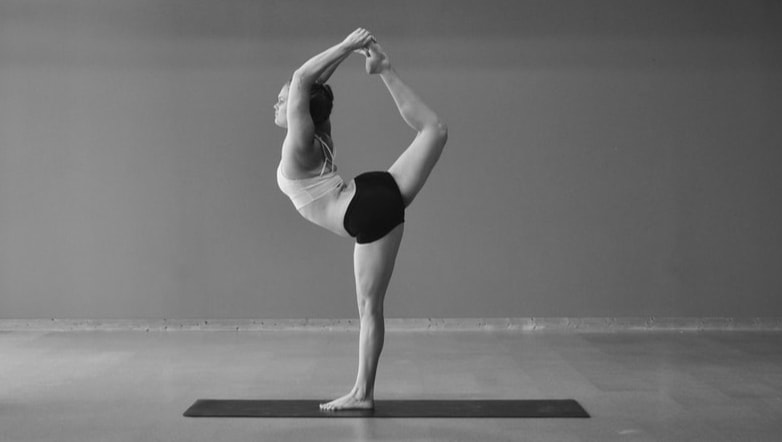
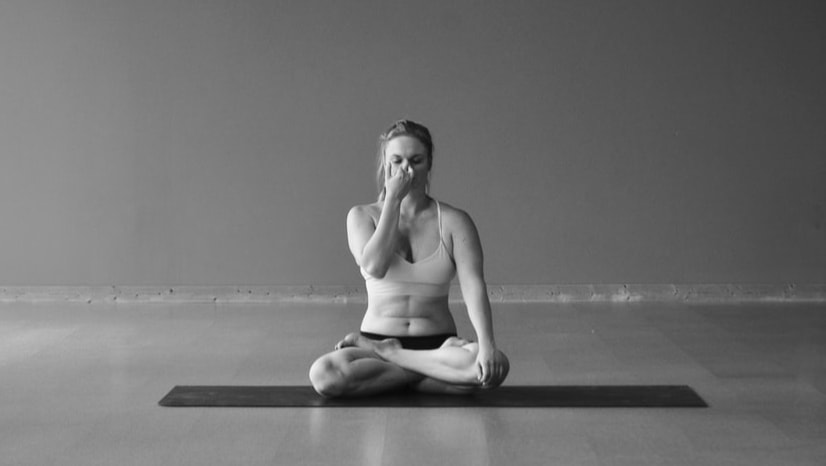
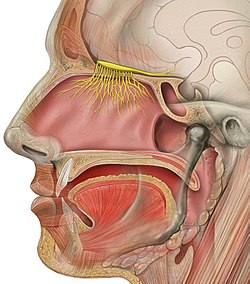
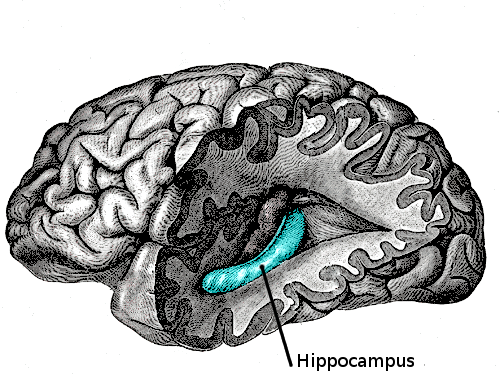
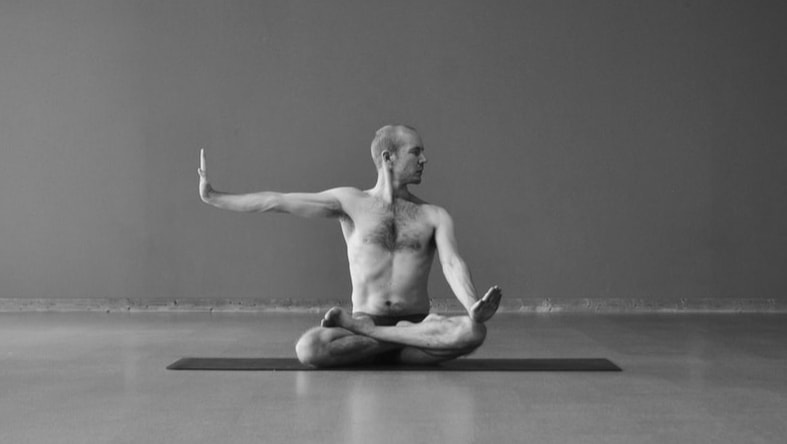





 RSS Feed
RSS Feed